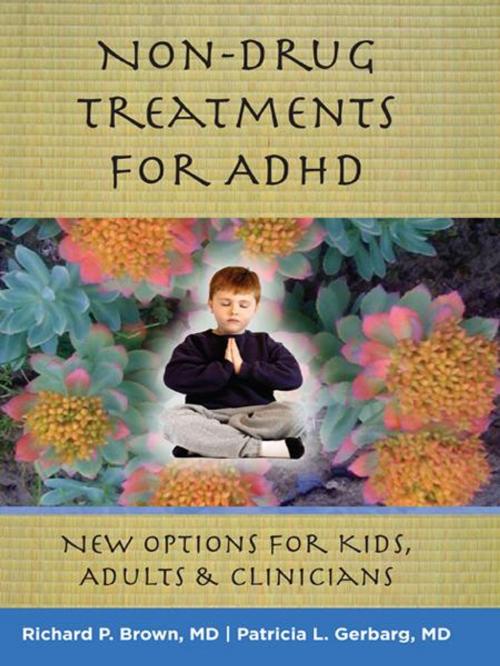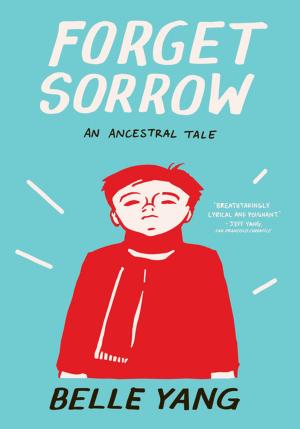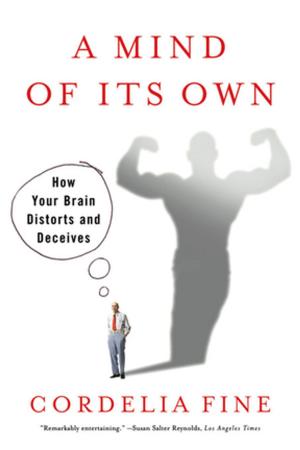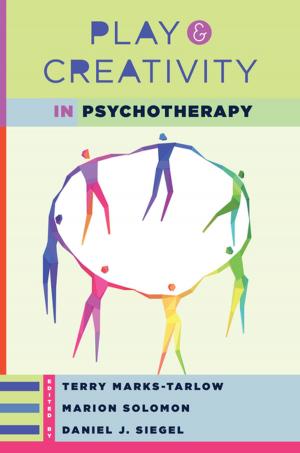Non-Drug Treatments for ADHD: New Options for Kids, Adults, and Clinicians
Nonfiction, Health & Well Being, Psychology, Mental Health| Author: | Richard P. Brown, Patricia L. Gerbarg, M.D. | ISBN: | 9780393707724 |
| Publisher: | W. W. Norton & Company | Publication: | April 23, 2012 |
| Imprint: | W. W. Norton & Company | Language: | English |
| Author: | Richard P. Brown, Patricia L. Gerbarg, M.D. |
| ISBN: | 9780393707724 |
| Publisher: | W. W. Norton & Company |
| Publication: | April 23, 2012 |
| Imprint: | W. W. Norton & Company |
| Language: | English |
Winner of a 2013 Nautilus Gold Award, this book introduces safe and effective complementary treatments for managing ADD/ADHD.
The prolific use of drugs to treat ADHD stirs heated debate in therapy and parenting circles today. Is this medication really going to improve my son’s symptoms? How best can I help my patient and her parents manage this difficult disorder? Will the side effects of this drug outweigh the benefits? What are my other options?
Because ADHD affects every facet of life, from psychosocial development and peer relationships to family dynamics and academic and job performance, the need for better—that is, safer and more effective—treatments is urgent. Here, seasoned clinicians Pat Gerbarg and Richard Brown, known for providing the latest breakthroughs in integrative mental health treatments, draw on over 30 years’ clinical experience to offer a range of scientifically-grounded complementary and alternative treatments for parents and professionals alike.
Studies show that children with untreated ADHD are at greater risk for substance abuse, unemployment, accidents, and criminal behavior, in addition to learning disabilities, anxiety disorders, social phobia, depression, and bipolar disorder. And yet, individuals with ADHD often bring a great deal of energy, enthusiasm, and creativity to the tasks they undertake. Gerbarg and Brown focus on these intrinsic strengths, encouraging parents and professionals to help children with ADHD fulfill their potential by overcoming distraction, restlessness, and impulsivity in order to focus on learning, task completion, and understanding social cues. To accomplish this, they argue, we need to implement a variety of alternative approaches.
Drawing on stories and anecdotes from their own clinical practice, Gerbarg and Brown address the questions that are particularly important to those dealing with ADHD. Early chapters provide information about diagnostic issues and the scientific foundation for understanding the known causes of ADHD, as well as how different treatments may work and why. Multiple contributing causes of ADHD exist—genetic, nutritional, chemical, psychological, trauma-based, and environmental—and the authors explain how treatments need to be strategically combined and tailored to patients’ unique needs and sensitivities.
Later chapters present integrative strategies that combine the best practices of psychological treatments with herbs, nutrients, cognitive enhancers, mind–body practices, and brain stimulation.
Throughout, the authors draw on the work and methods of many talented clinicians, yoga therapists, and teachers who have found creative, effective approaches to helping their own clients who struggle with attentional problems.
A comprehensive resources section at the end of the book features a compilation of need-to-know websites, journals, books, and supplement brands with dosing recommendations. Psychiatrists, psychologists, and other therapists are equipped with access to the very latest research in both conventional and complementary and alternative approaches.
With this book, the authors of How to Use Herbs, Nutrients & Yoga in Mental Health have taken their extraordinary scholarly and healing talents to a new level, helping parents and therapists alike to better understand and manage a complicated and multifaceted disorder.
Winner of a 2013 Nautilus Gold Award, this book introduces safe and effective complementary treatments for managing ADD/ADHD.
The prolific use of drugs to treat ADHD stirs heated debate in therapy and parenting circles today. Is this medication really going to improve my son’s symptoms? How best can I help my patient and her parents manage this difficult disorder? Will the side effects of this drug outweigh the benefits? What are my other options?
Because ADHD affects every facet of life, from psychosocial development and peer relationships to family dynamics and academic and job performance, the need for better—that is, safer and more effective—treatments is urgent. Here, seasoned clinicians Pat Gerbarg and Richard Brown, known for providing the latest breakthroughs in integrative mental health treatments, draw on over 30 years’ clinical experience to offer a range of scientifically-grounded complementary and alternative treatments for parents and professionals alike.
Studies show that children with untreated ADHD are at greater risk for substance abuse, unemployment, accidents, and criminal behavior, in addition to learning disabilities, anxiety disorders, social phobia, depression, and bipolar disorder. And yet, individuals with ADHD often bring a great deal of energy, enthusiasm, and creativity to the tasks they undertake. Gerbarg and Brown focus on these intrinsic strengths, encouraging parents and professionals to help children with ADHD fulfill their potential by overcoming distraction, restlessness, and impulsivity in order to focus on learning, task completion, and understanding social cues. To accomplish this, they argue, we need to implement a variety of alternative approaches.
Drawing on stories and anecdotes from their own clinical practice, Gerbarg and Brown address the questions that are particularly important to those dealing with ADHD. Early chapters provide information about diagnostic issues and the scientific foundation for understanding the known causes of ADHD, as well as how different treatments may work and why. Multiple contributing causes of ADHD exist—genetic, nutritional, chemical, psychological, trauma-based, and environmental—and the authors explain how treatments need to be strategically combined and tailored to patients’ unique needs and sensitivities.
Later chapters present integrative strategies that combine the best practices of psychological treatments with herbs, nutrients, cognitive enhancers, mind–body practices, and brain stimulation.
Throughout, the authors draw on the work and methods of many talented clinicians, yoga therapists, and teachers who have found creative, effective approaches to helping their own clients who struggle with attentional problems.
A comprehensive resources section at the end of the book features a compilation of need-to-know websites, journals, books, and supplement brands with dosing recommendations. Psychiatrists, psychologists, and other therapists are equipped with access to the very latest research in both conventional and complementary and alternative approaches.
With this book, the authors of How to Use Herbs, Nutrients & Yoga in Mental Health have taken their extraordinary scholarly and healing talents to a new level, helping parents and therapists alike to better understand and manage a complicated and multifaceted disorder.















